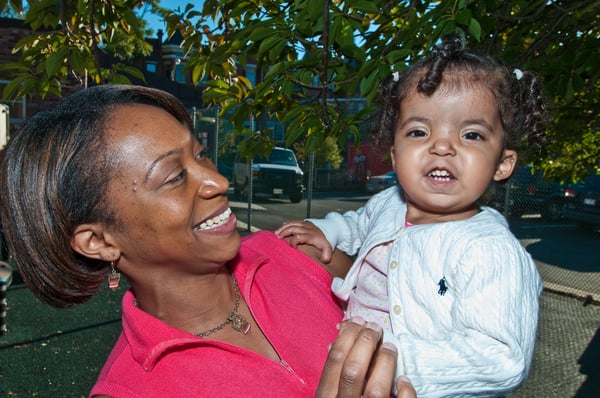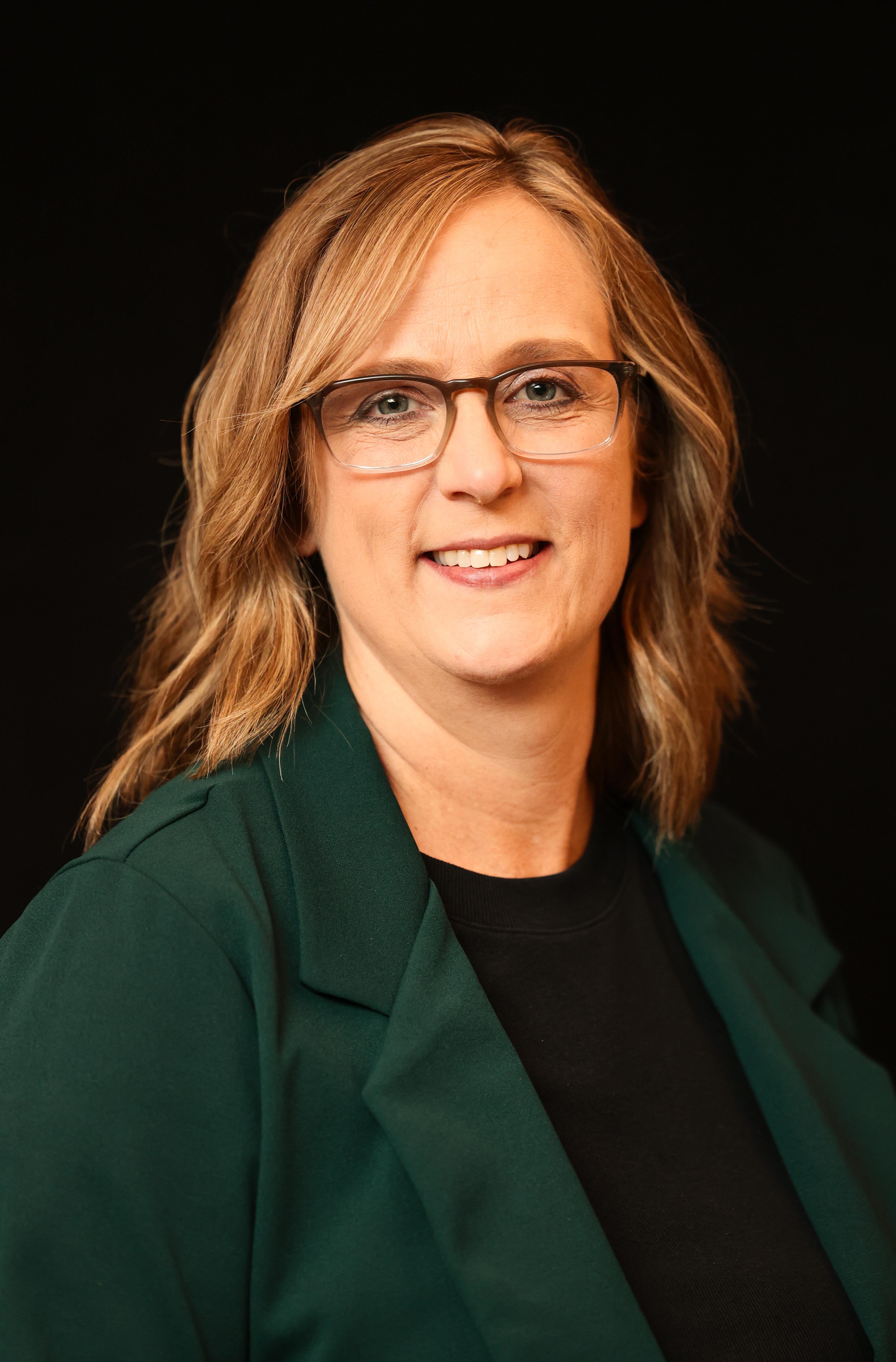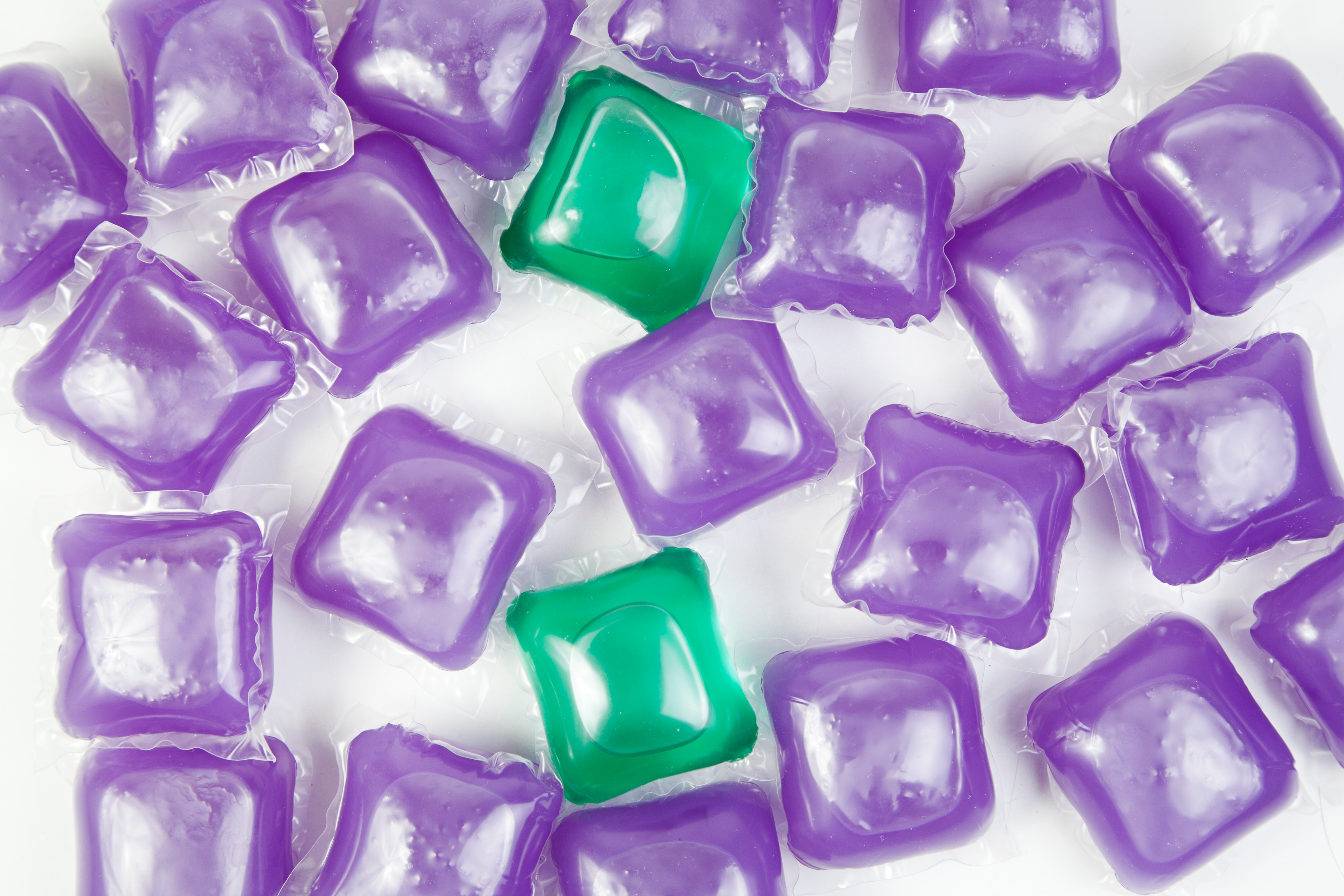July 26, 2016 marks the 26th Anniversary of the Americans with Disabilities Act (ADA), which was signed by President George H.W. Bush on July 26, 1990.
The ADA is a civil rights law that prohibits discrimination against individuals with disabilities in all areas of public life, including jobs, schools, transportation, and all public and private places that are open to the general public. The purpose of the law is to make sure that people with disabilities have the same rights and opportunities as everyone else.
Specific to child care, The ADA requires that child care facilities:

- Make reasonable modifications to policies and practices to integrate children with disabilities into the program unless doing so would constitute a fundamental alteration of the program.
- Provide auxiliary aids and services needed for effective communication with children with disabilities, when doing so would not constitute an undue burden.
- Cannot exclude children with disabilities from their programs unless their presence would pose a direct threat to the health and safety of others or require a fundamental alteration of the program.
While much progress has been made, much remains to be done, such as paying particular attention to the planning essentials of children with special needs when preparing for emergencies in child care. Experience shows that without proper planning and preparation, disasters become even more chaotic and can result in unnecessary loss of life and injuries. For example, prior to an emergency, the child care program must consider:
- How will it communicate an approaching emergency to those with hearing or visual impairments.
- How will it transport children or adults in wheelchairs, on crutches, or with limited mobility to evacuation sites.
- How it will continue to provide required medical treatments to individuals with chronic illnesses.
- How to make available any special medications or equipment needed by individuals with special needs or medical conditions during an emergency.
New requirements in the Child Care Development and Block Grant (CCDBG) specifically direct states to focus on emergency preparedness plans for child care, including accommodating children with disabilities. As a result, states are beginning to refine and develop resources that address emergency preparedness for all children, including those with special needs.
Check out the new California Child Care Disaster Plan, developed by the UCSF California Childcare Health Program, includes a helpful Emergency Checklist for Children with Special Needs that can be used to plan for equipment, medication, formula, supplies, and special healthcare plans to help care for children with special needs in an emergency.





